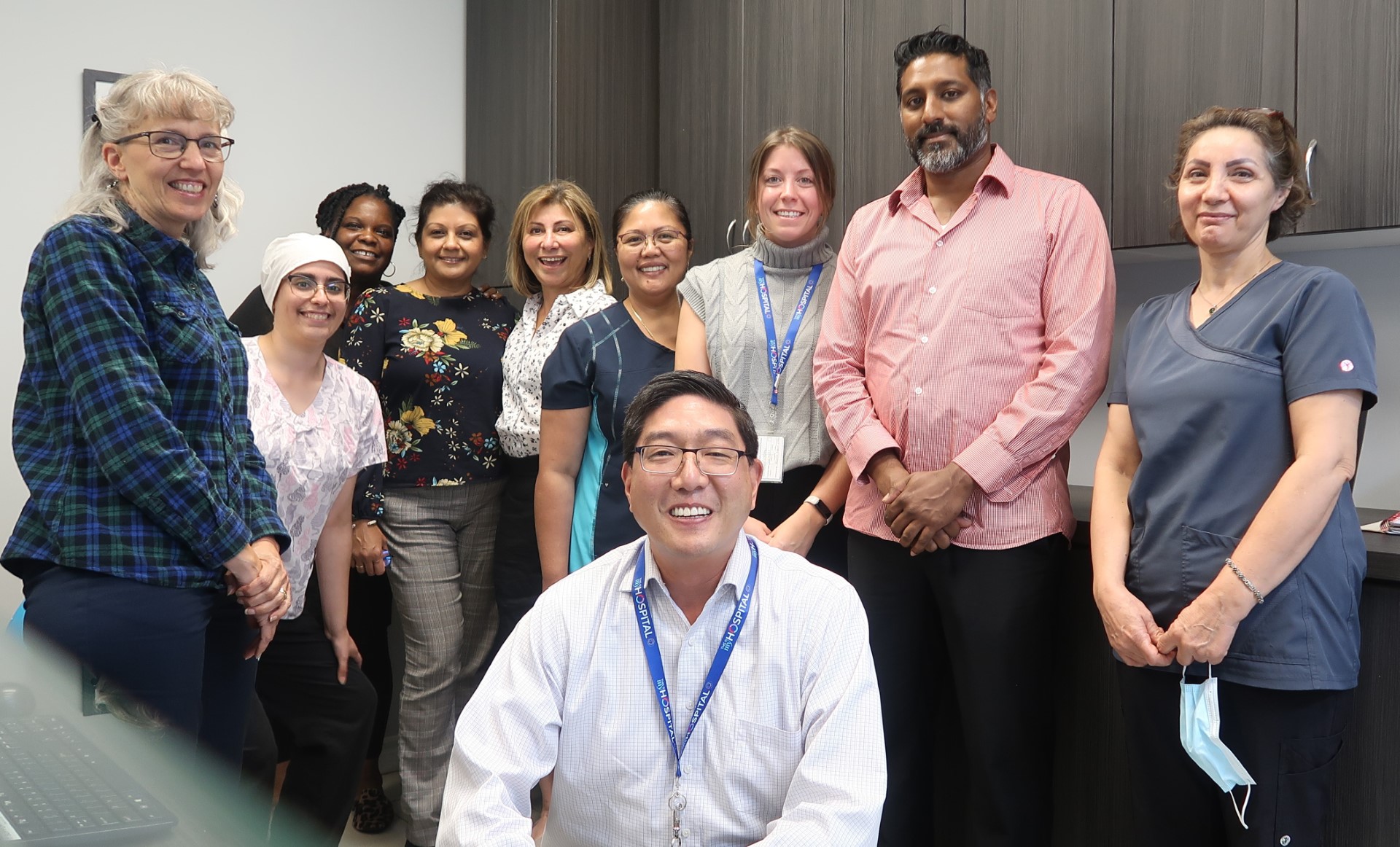New Partnership with Acute Wound Care Clinic Aims to Reduce the Risk of Diabetes-Related Amputations

Approximately 1.5 million Ontarians are living with diabetes. Compared to the general population, diabetics are over 20 times more likely to undergo a toe, foot or lower leg amputation. Evidence shows that 85% of non-traumatic lower-limb amputations occur following a diabetic foot ulcer and most of these are considered preventable.
To help address rising amputation rates across the province, VHA Home HealthCare (VHA) and CANES Community Care’s Malton Integrated Care Clinic recently partnered with the William Osler Acute Wound Care Clinic. As a Central West Ontario Health Team initiative, this pilot is providing limb-saving care in VHA’s Central West region.
“Amputation is a fearful and debilitating complication of diabetes,” said Vicki MacCallum, Manager of Client Care and Operations at VHA. “This is because minor issues can escalate so quickly and the effects are life-altering.”
Link Between Diabetes and Limb Amputation
Foot complications can occur in diabetic patients when high glucose levels over time lead to poor circulation and damaged nerve function. This loss of sensation can make it difficult for diabetics to notice minor cuts, sores and blisters on their lower limbs. Similarly, poor blood supply makes effective wound healing difficult.
“Left untreated, small wounds can become infected quickly which means that amputation becomes a life-saving intervention,” said Julia Bunyatova, Nursing Supervisor at the clinic.
Limb loss creates devastating physical, mental and financial consequences for patients and their families, and this includes a 50% mortality rate in the five years following an amputation.
“What is reassuring is that most amputations are preventable with the right specialized care,” Julia added.
Integrated, Connected and Collaborative Care
VHA’s Malton Integrated Care Clinic is located in Mississauga, open seven days a week and serves mostly acute care patients. The specialized nursing services offered at this clinic include wound, ostomy and continence care (NSWOCC) which made this clinic a logical choice to receive funding from Home and Community Care Support Services (HCCSS) to pilot this limb-saving care partnership.
“Before this model, NSWOCC nurses managing complex wounds that weren’t healing with standard treatment, had to go back to the patient’s primary physician for a referral,” said Julia.
“This pilot means nurses can refer patients directly to the acute care wound clinic, skipping any extra steps. This helps make sure patients receive the care they need more quickly. When there’s a waiting period, there’s always a risk that wounds can advance past the point of treatment,” she said.
Timely access to procedures that require interdisciplinary wound care specialists—like wound irrigation, skin or tissue grafting and wound debridement (or the removal of unhealthy tissue)—can mean the difference between healing successfully or an emergency amputation.
“Working with partners in an integrated care model can help people living with diabetes avoid wounds and infections entirely or prevent wounds from escalating. It is the hope that the connections we make across the health system will lead to better care outcomes for vulnerable populations,” Vicki said.
